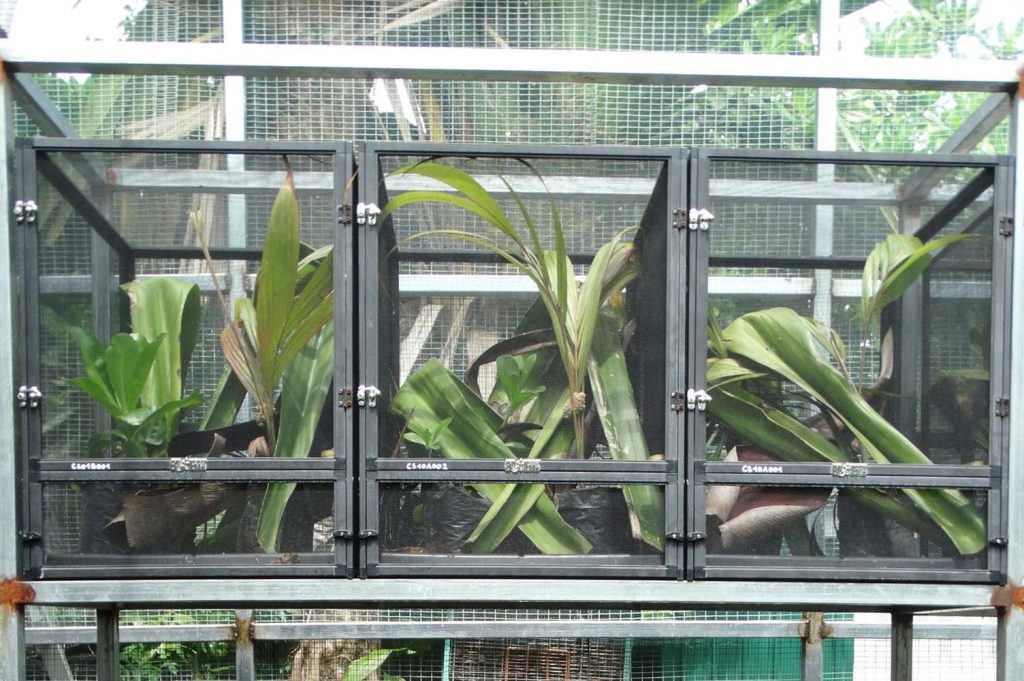
The Unique world of the Manapany Day Gecko
Emmanuel Van Heygen
Amidst the lush landscapes and dramatic coastal cliffs of Réunion Island, a small, vibrant gecko clings to survival in a world reshaped by human influence. The Manapany Day Gecko or Phelsuma inexpectata is endemic to Réunion and cloaked in mystery, its original natural distribution obscured by centuries of human activity and a presumed shrinkage from much of its original territory. Today, this elusive creature’s presence remains a patchwork of fragmented habitats, primarily clinging to the southern coastline within a mere 100 meters of the sea.
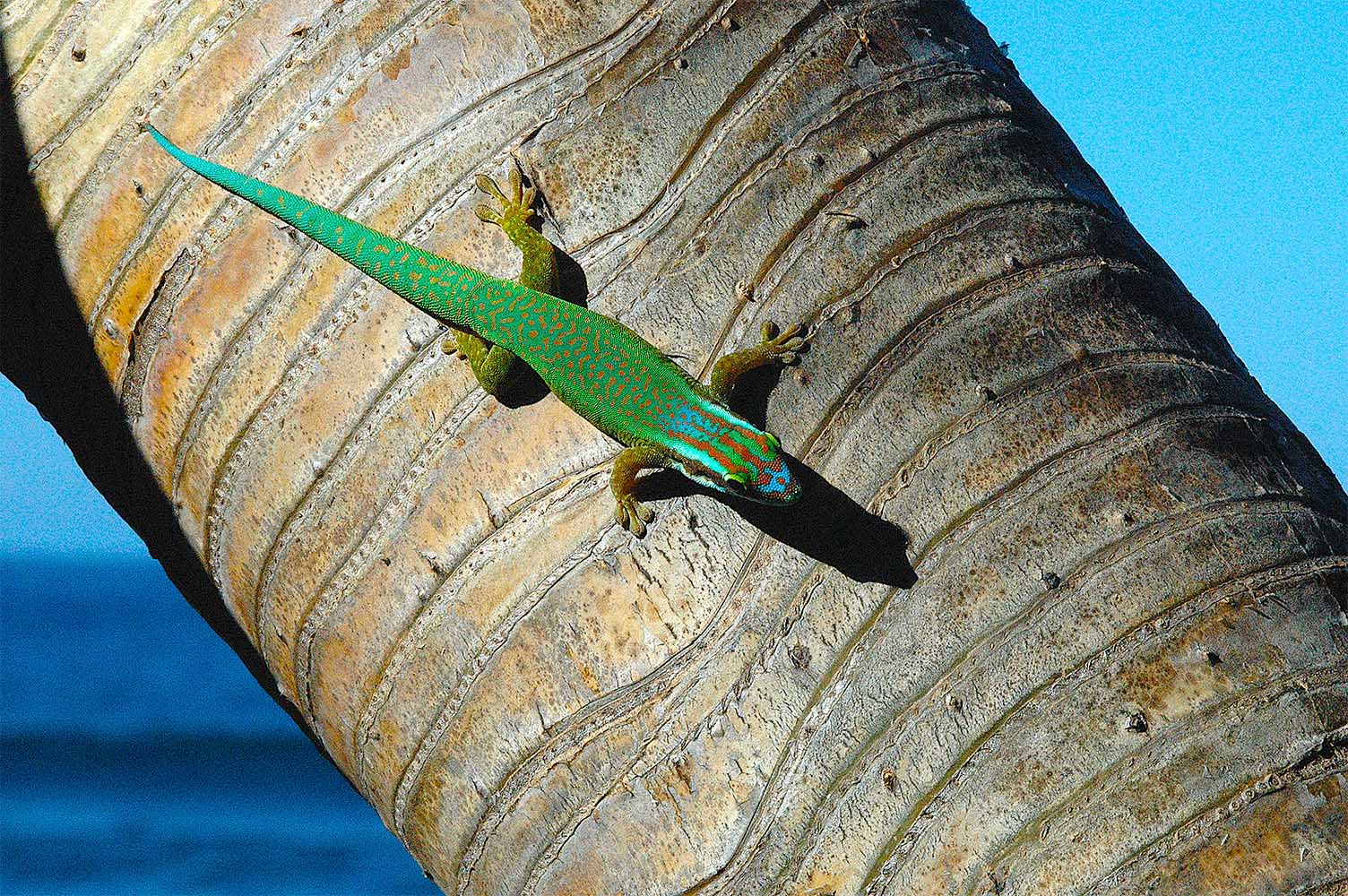

Phelsuma inexpectata
live on the edge
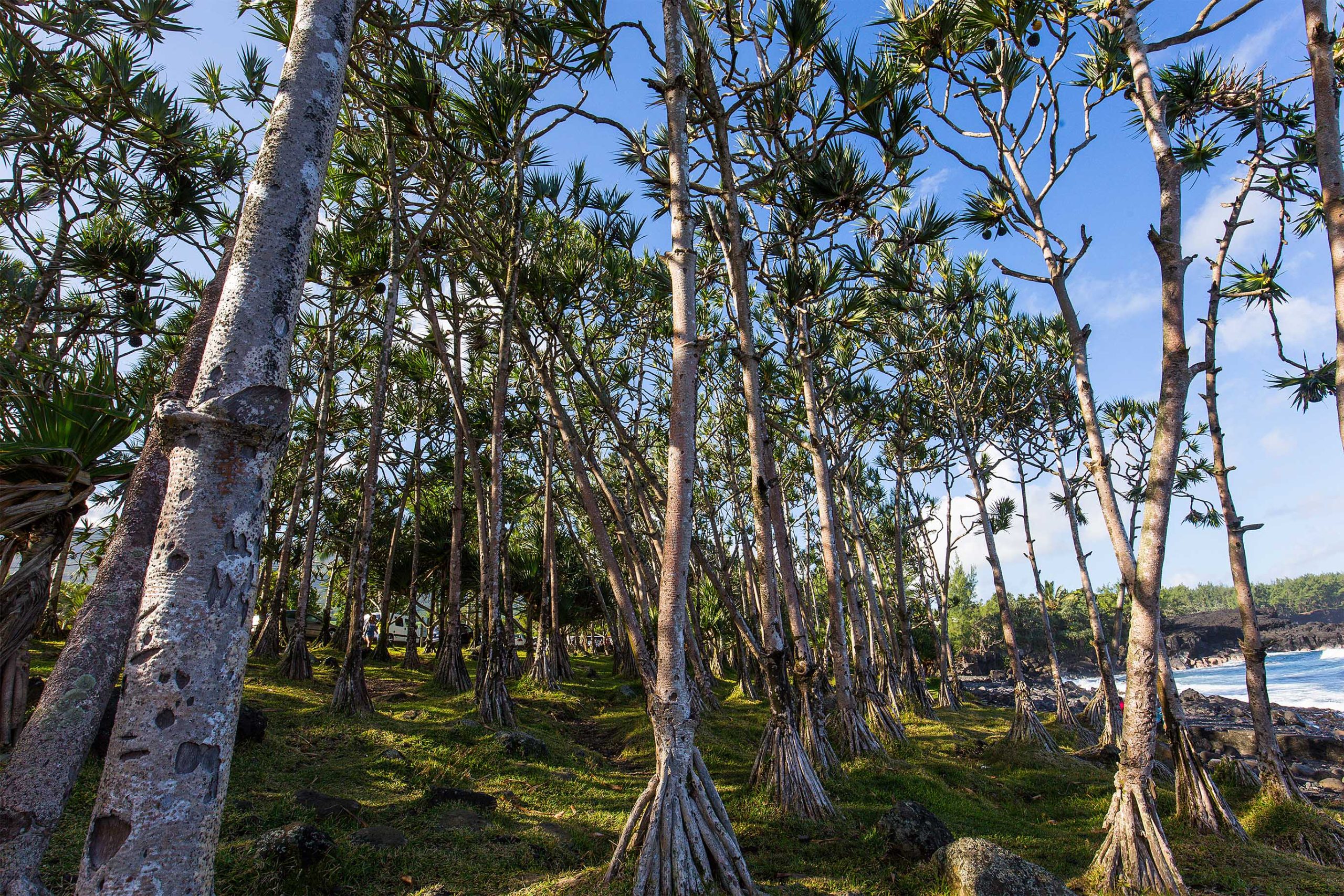

Pandanus utilis forest bord de falaise, Southern Réunion
The Critical Struggle of the Manapany Day Gecko
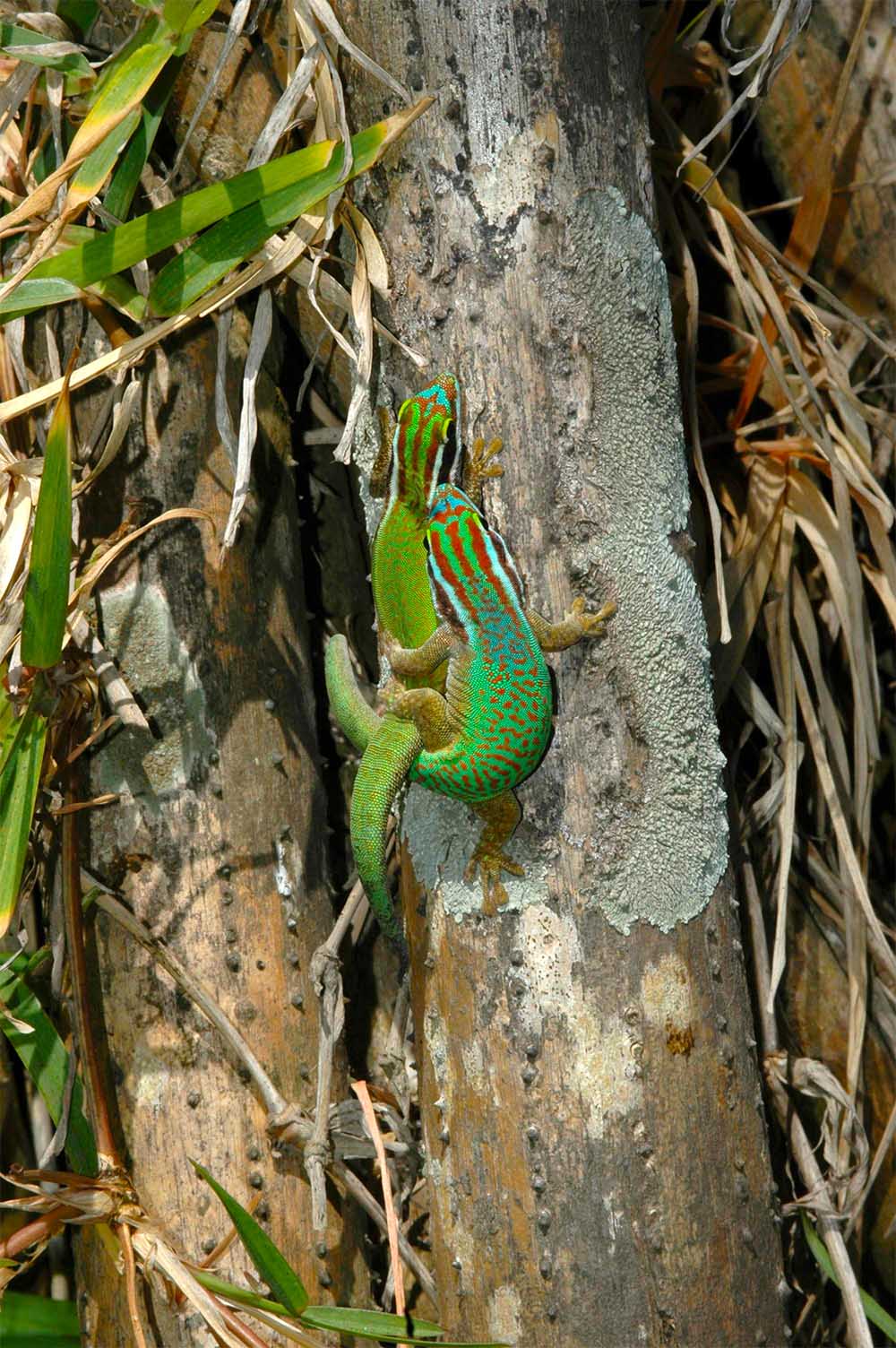

Mating pair of Phelsuma inexpectata near Petit-île, Southern Réunion
Emmanuel Van Heygen
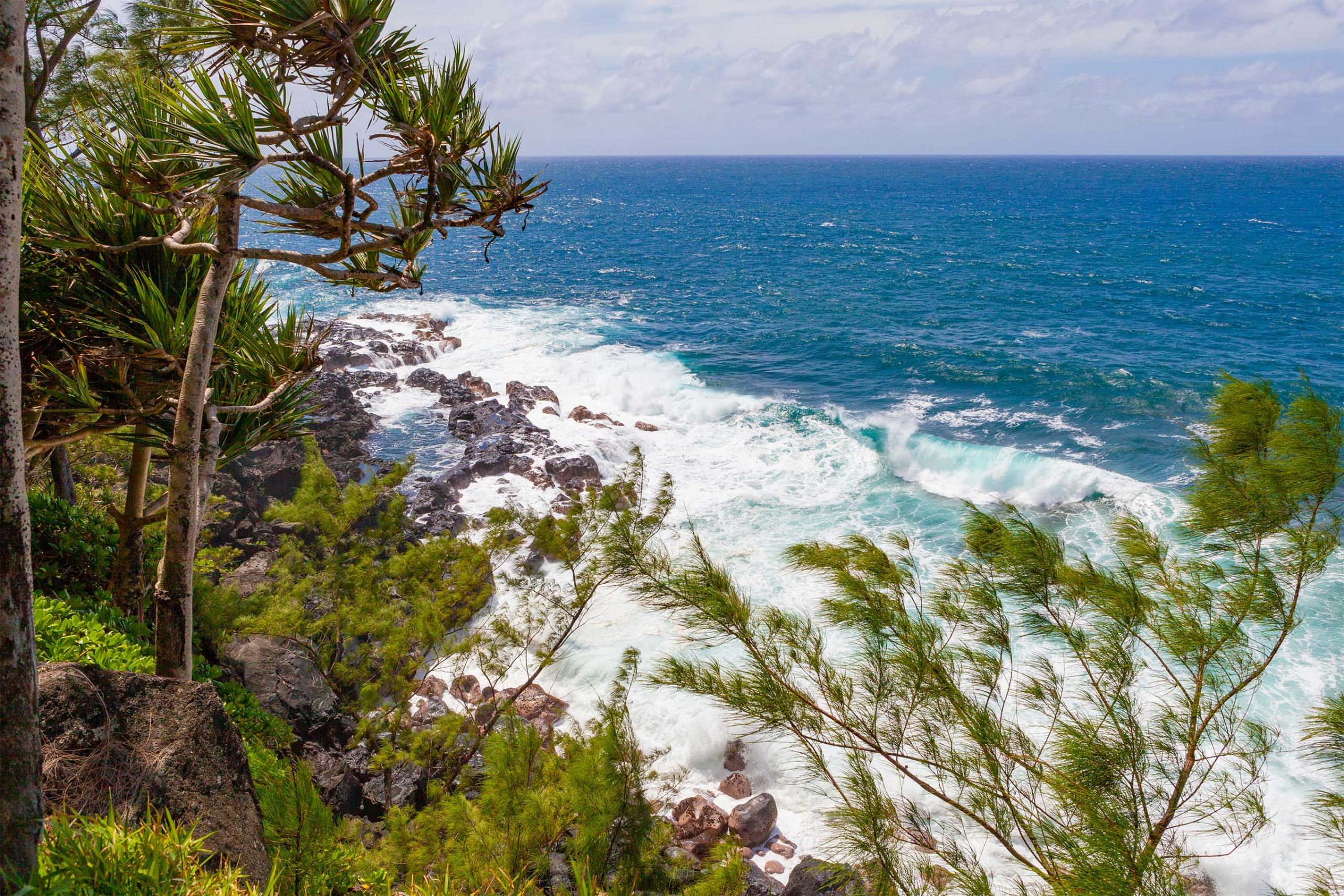

Réunion's Southern Coast, The habitat of Phelsuma inexpectata
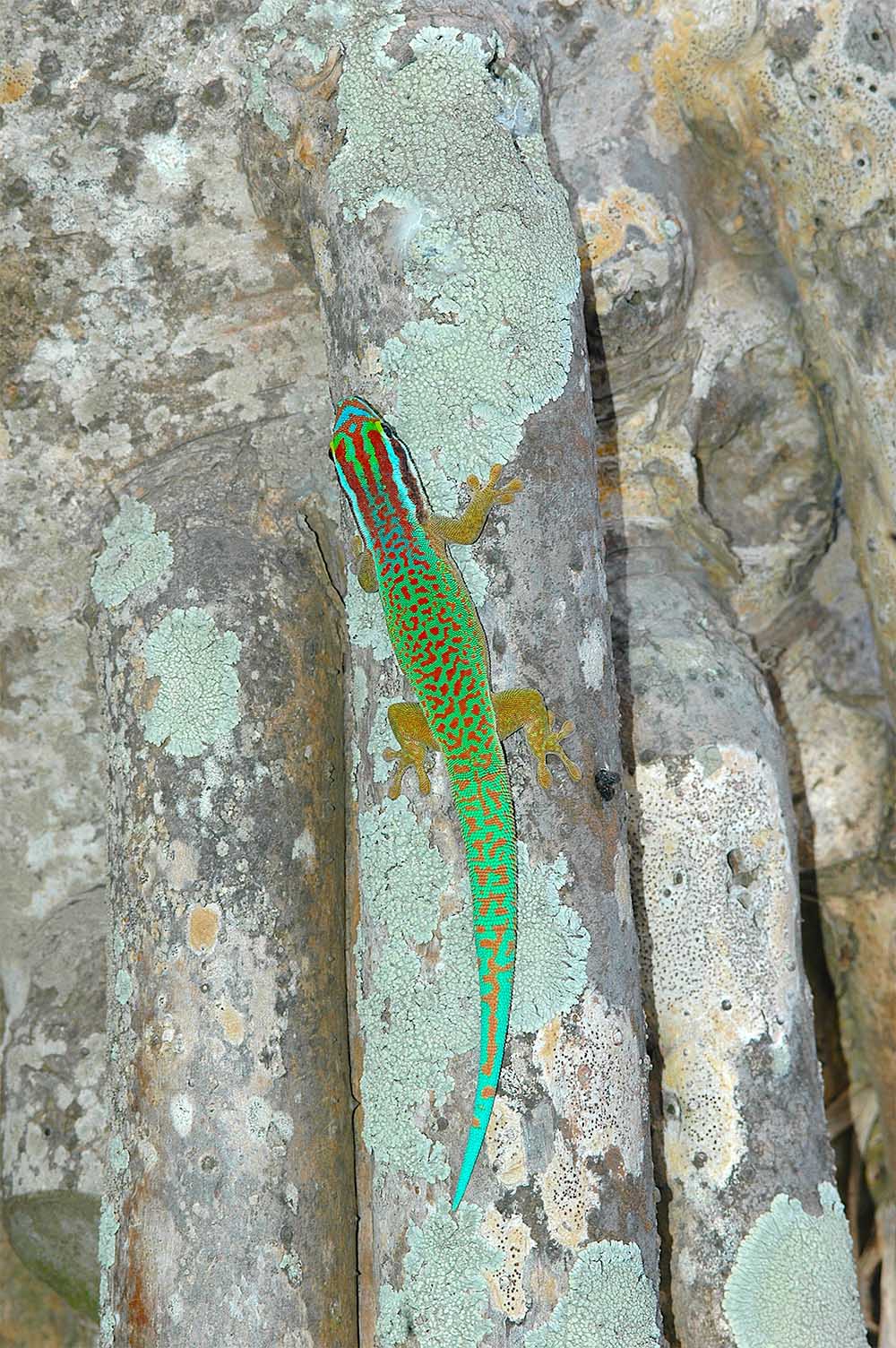

Phelsuma inexpectata on Pandanus utilis
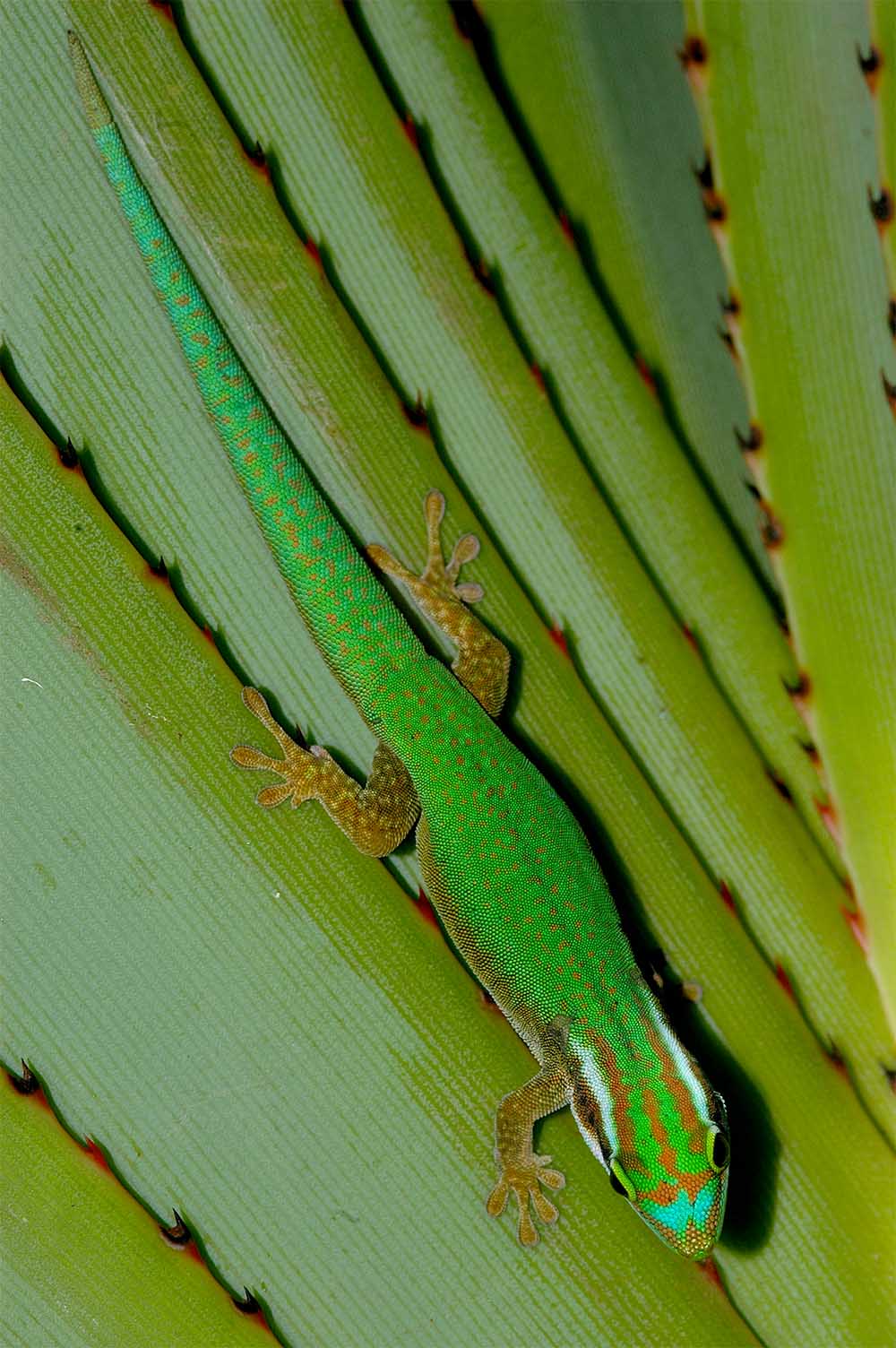

Phelsuma inexpectata on the leaves of Pandanus utilis
Réunion Island Journals
A lifeline for the Manapany day Gecko
Amidst the lush landscapes and dramatic coastal cliffs of Réunion Island, a small, vibrant gecko clings to survival in a world reshaped by human influence.
Protecting the Legacy of Réunion Island’s Day Geckos
Both species highlight the ongoing conservation challenges in preserving the unique habitats of Réunion Island. Protecting these geckos involves a comprehensive approach that includes habitat conservation, public awareness, and scientific research to understand better the ecological needs and behaviors of these vibrant reptiles.
Rediscovering the Réunion Island Day Gecko
The Reunion Day Gecko, scientifically named Phelsuma borbonica, is a medium-sized, vibrantly colored lizard that thrives in the lu h landscapes of Réunion. This gecko demonstrates remarkable resilience and adaptability in the face of environmental changes and symbolizes the island’s rich yet fragile natural heritage.
Stay up on all things exo terra.
"*" indicates required fields

